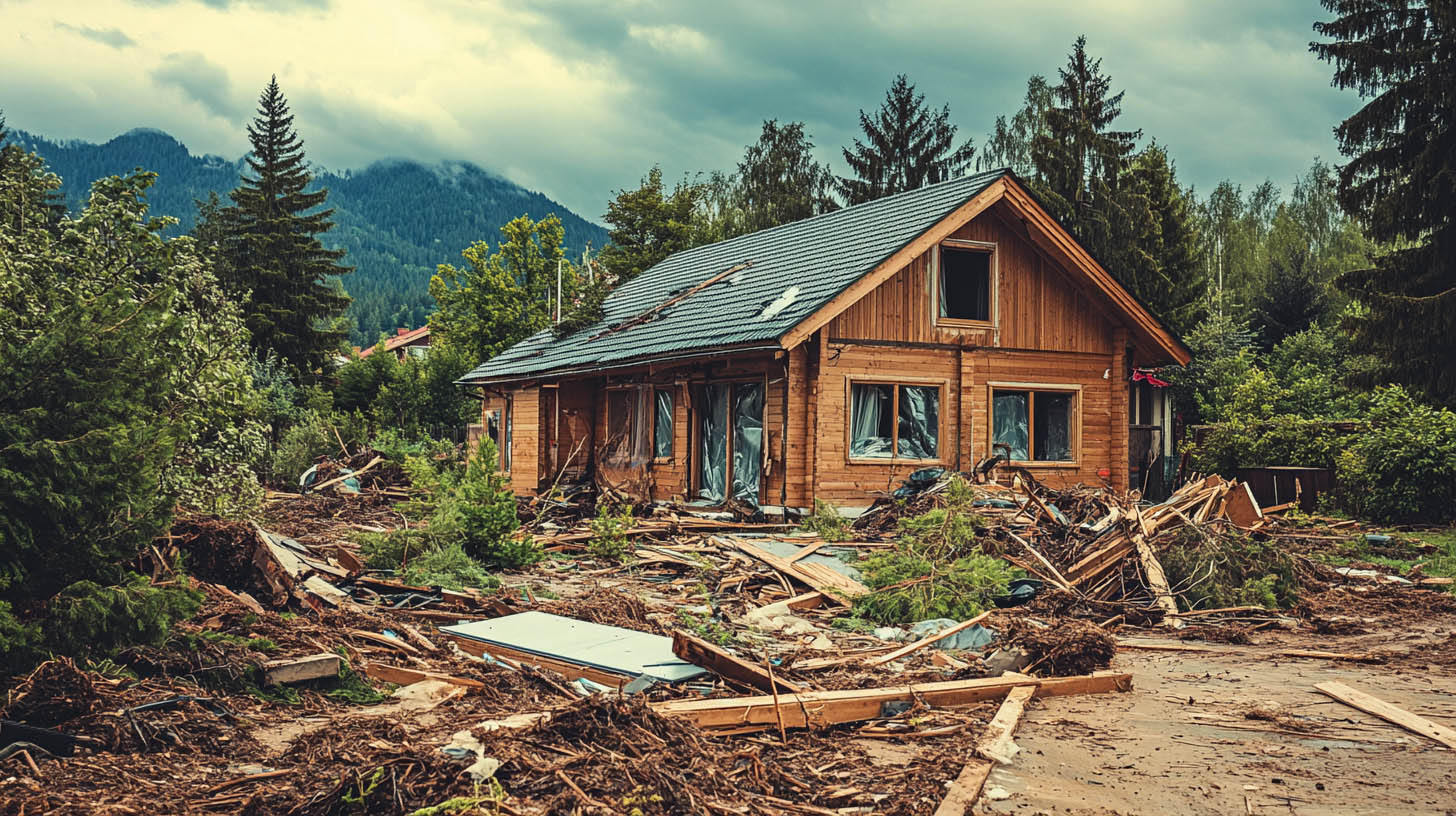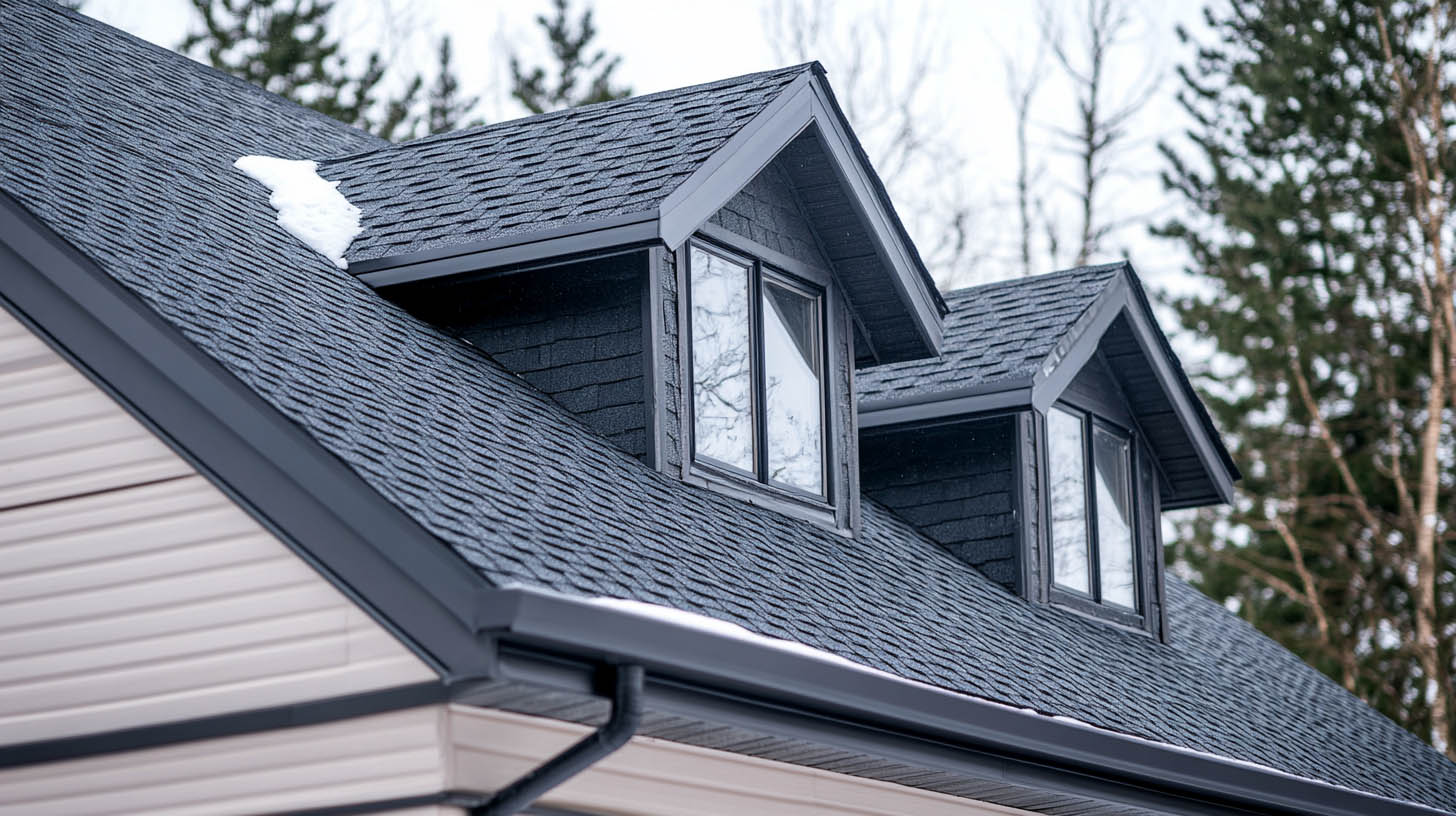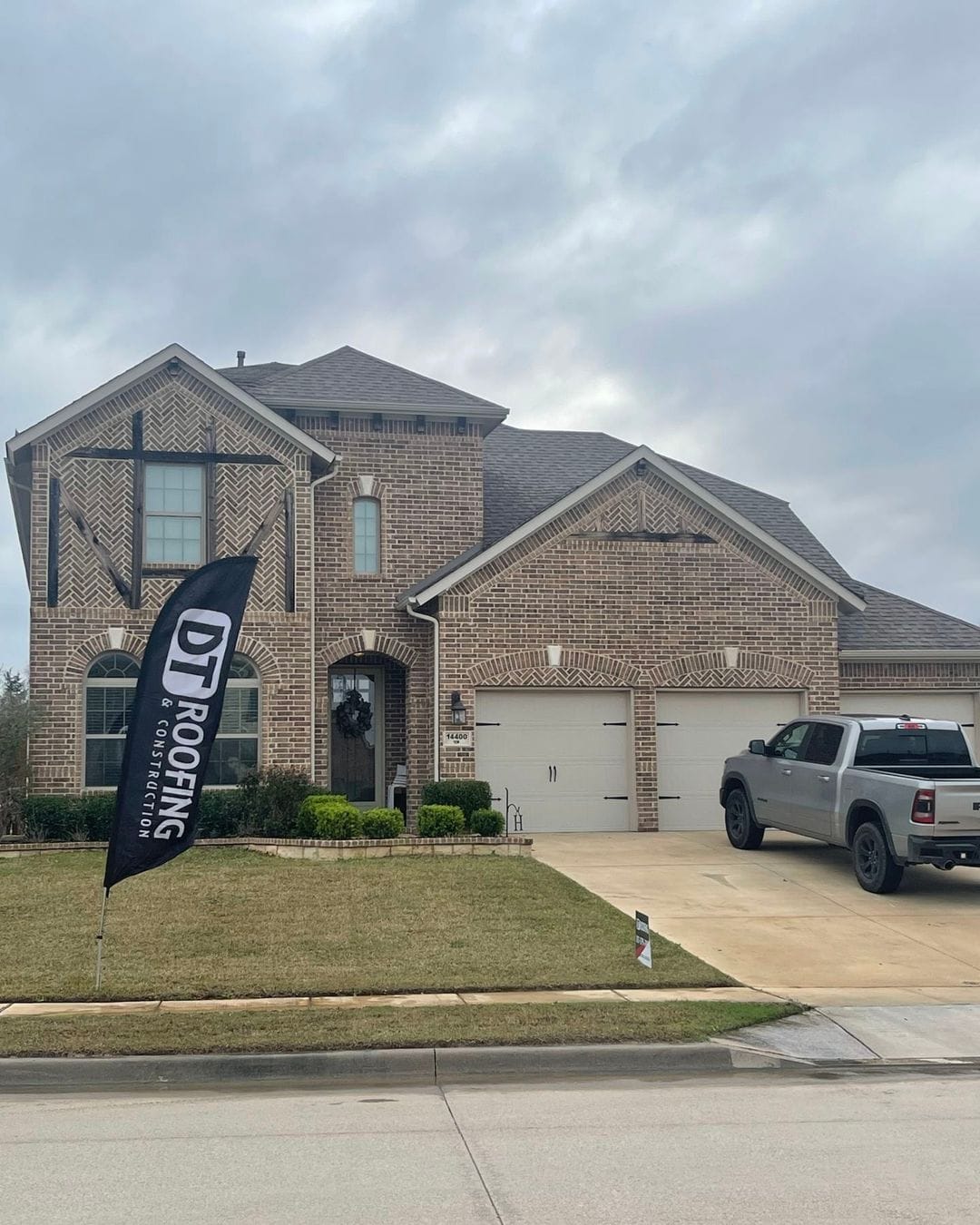
How to Secure Your Home After a Major Storm
When a major storm passes through Stephenville, TX, it often leaves behind more than just fallen branches and scattered debris. High winds, hail, and heavy rain can cause significant damage to your home, especially your roofing system — your home’s first line of defense. Taking immediate action after a storm is crucial not only to secure your property but also to prevent further damage, ensure safety, and begin the recovery process as efficiently as possible.
At DT Roofing, we understand the urgency and stress homeowners face in the aftermath of severe weather. We’ve helped countless families navigate storm damage, offering fast inspections, reliable repairs, and peace of mind. In this blog, we’ll guide you step by step on how to secure your home after a major storm strikes.
Step 1: Ensure Safety First
Your safety and your family’s safety come before anything else. Before inspecting your home or attempting any cleanup, make sure the storm has completely passed and it’s safe to go outside. Watch for downed power lines, gas leaks, standing water, and sharp debris. If you suspect structural damage, such as a collapsed roof or compromised walls, stay out of the building until professionals assess it.
If necessary, turn off electricity or gas to avoid hazards. If your roof is visibly sagging or has holes from fallen trees or hail impact, avoid entering the attic or top floor.
Step 2: Inspect the Roof from the Ground
One of the most common areas affected during a storm is the roof. Look for visible signs of damage such as missing or curled shingles, broken tiles, dented metal panels, or debris accumulation. Use binoculars to inspect from the ground — it’s safer and allows you to identify problems without climbing onto a potentially unstable roof.
Take photos of any visible damage. Documentation is essential when filing an insurance claim and when roofing professionals conduct a follow-up inspection.
What to Look For:
- Shingles or tiles scattered in the yard
- Exposed underlayment or decking
- Dents in metal flashing or vents
- Detached gutters or downspouts
- Fallen tree limbs or heavy debris on the roof
Even if the damage isn’t immediately visible, your roof may have suffered from impact trauma or water intrusion. A professional inspection is necessary to uncover hidden issues.
Step 3: Check Inside Your Home for Signs of Damage
Storm damage isn’t always limited to the exterior. Once it’s safe to go inside, inspect your attic and ceilings for signs of leaks, water stains, bubbling paint, or mold odors. Any moisture inside your home could indicate roof or flashing damage.
Inspect windows and doors for broken glass, damaged seals, or water seepage. High winds can break window seals, allowing water to enter and cause interior wall or flooring damage.
Step 4: Cover Exposed Areas
If parts of your roof or siding have been blown off or damaged, cover the affected areas with a tarp or heavy-duty plastic sheeting. This is a temporary measure to prevent rain from entering your home and causing further water damage.
If you’re not comfortable climbing a ladder or handling roof coverings yourself, contact professionals right away. Many roofing companies, including DT Roofing, offer emergency tarp services after major storms.
Step 5: Contact a Trusted Roofing Contractor
Calling a licensed and experienced roofer should be one of your first steps after you’ve secured the property. An expert inspection can detect storm-related damage that isn’t obvious to the untrained eye. Professionals know where to look, how to assess the severity of damage, and which materials need immediate repair or replacement.
Working with a local company that understands Stephenville’s climate and building codes — and isn’t just passing through town — ensures you’re getting long-term solutions, not a temporary patch job. DT Roofing is proud to be a trusted name in the community, with years of experience helping homeowners recover after harsh Texas weather events.
As an Owens Corning Platinum Preferred Contractor, we’re also able to offer extended warranties, premium materials, and proven installation techniques that maximize your home’s protection.
Step 6: File an Insurance Claim (If Needed)
If the damage is extensive, filing a homeowners insurance claim can help cover the cost of repairs or roof replacement. Start by contacting your insurance provider and providing documentation of the damage — including photos, inspection reports, and estimates from your contractor.
Your roofer can often assist with the insurance process, offering insight into what’s covered and advocating for a fair settlement. At DT Roofing, we regularly work with adjusters and policyholders to streamline claims and ensure that our customers get the support they deserve.
Step 7: Plan for Long-Term Roof Health
Once the urgent repairs are completed, consider scheduling seasonal roof inspections and regular maintenance to prevent future storm damage. Investing in impact-resistant shingles, proper attic ventilation, and reinforced flashing are just a few upgrades that can help your roof weather future storms more effectively.
Also, be proactive in trimming trees around your home and cleaning your gutters. Simple steps like these reduce the risk of falling debris or water pooling during storms.
Be Prepared, Not Surprised
Storm damage is never convenient, but being prepared and knowing what to do immediately can prevent further losses and keep your home safe. Responding quickly, documenting damage, and working with reliable local professionals is the best way to protect your investment.
The next time a storm rolls through Stephenville, you’ll know that with the right plan in place — and the right team on your side — you’re not alone in the recovery process.
Read also our blog: Why Investing in Your Roof Pays Off Long-Term









